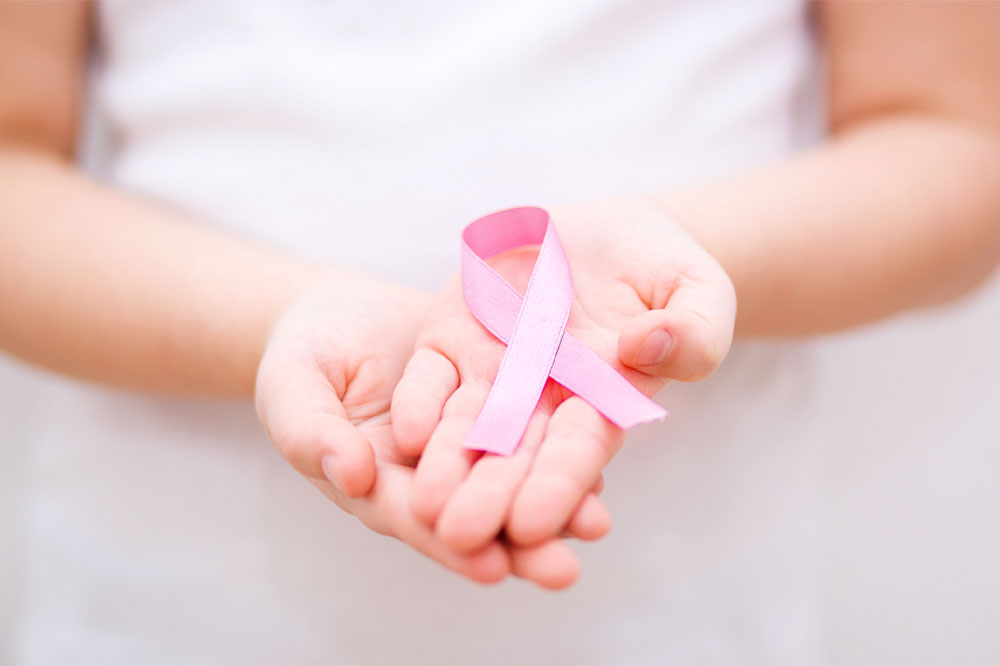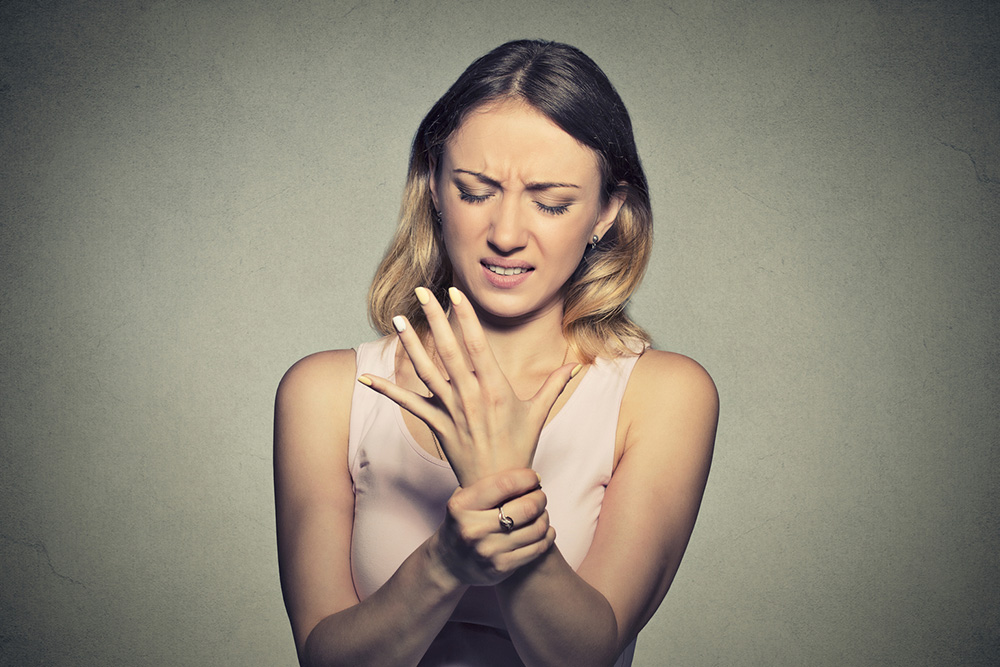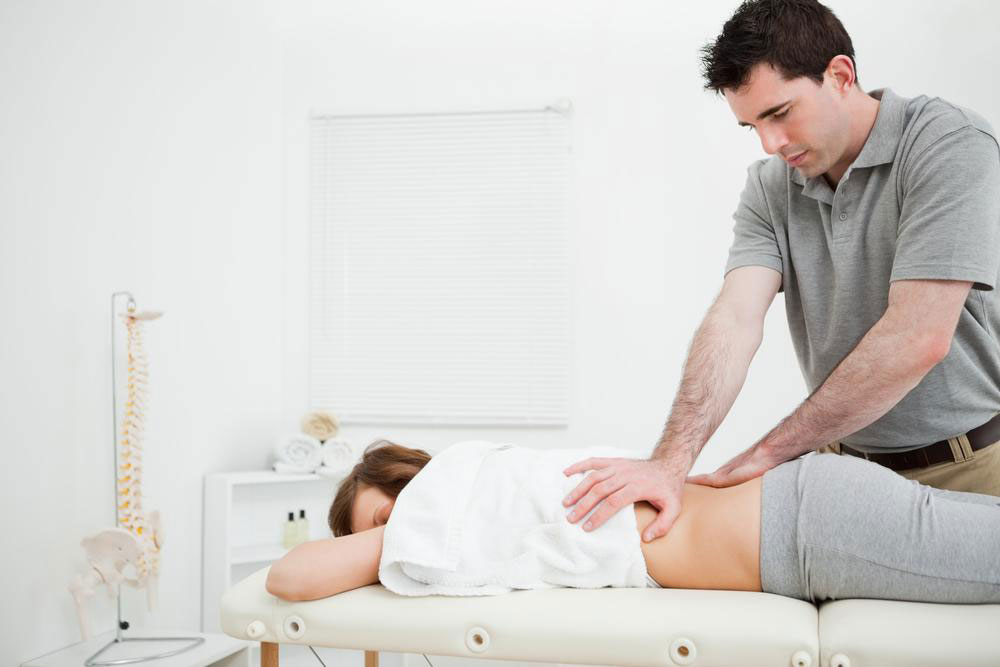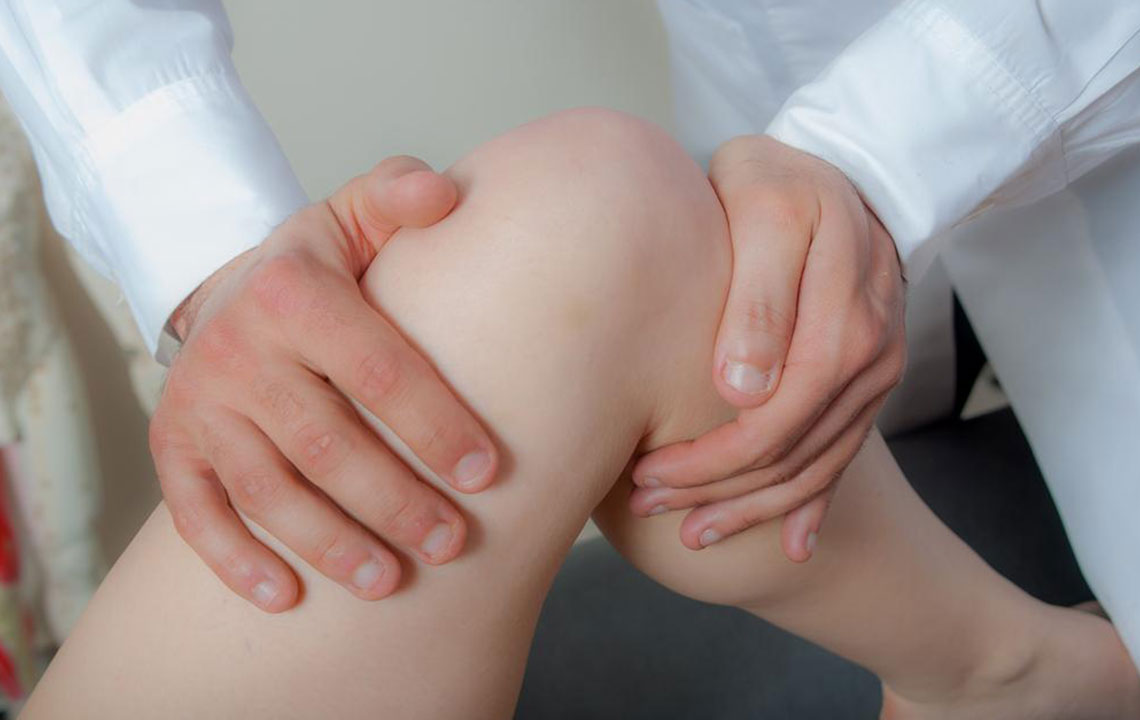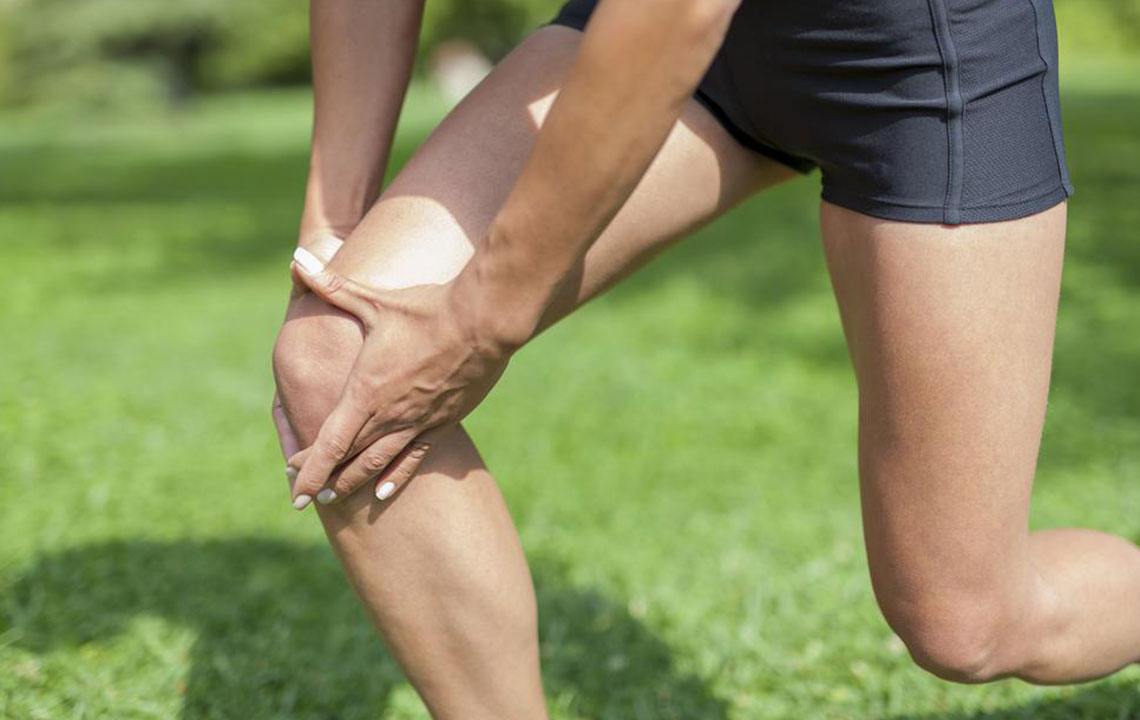Top 3 Treatments for Managing Dupuytren's Contracture
Discover the top three treatments for Dupuytren's contracture, including minimally invasive techniques like needling and enzyme injections, as well as more extensive surgical options. Learn how these therapies can help restore hand function and reduce deformity, along with recovery insights for each approach.
Sponsored

Top 3 Approaches to Treating Dupuytren's Contracture
Dupuytren's contracture is a hand deformity that impacts the tissue layer beneath the skin of the palm. It causes nodules to form under the skin, leading to thick cords that gradually pull fingers into a bent position. This condition is more common in men over 50, especially those of Northern European heritage, affecting the ring and pinky fingers most often. Fortunately, various treatment options are available to slow progression and improve function. Here's an overview of the most common methods.
Needle Aponeurotomy
This minimally invasive technique involves inserting a needle through the skin to cut the tight cords responsible for finger curling. The procedure can be repeated if symptoms return and typically requires no incisions. It can be performed on multiple fingers simultaneously. Afterward, physical therapy may be needed to restore movement. However, care must be taken to avoid nerve or tendon injury in certain areas of the finger.
The cords may reform, necessitating repeat treatments. This approach offers a quick recovery and minimal invasiveness.
Enzyme Therapy
Injecting enzymes into the affected cords helps break down the thickened tissue. Once softened, the cord can be gently straightened, restoring finger mobility. Similar to needling, enzyme injections might need to be repeated over time if symptoms recur.
Surgical Intervention
For severe cases involving significant hand dysfunction or persistent pain, surgery may be the best option. Surgical removal of the diseased tissue can provide long-term relief when other methods fail. The procedure involves excising the affected tissue, sometimes requiring a skin graft to close the wound, which extends recovery time. Postoperative physiotherapy is essential for optimal results, and the recovery period can be lengthy.

